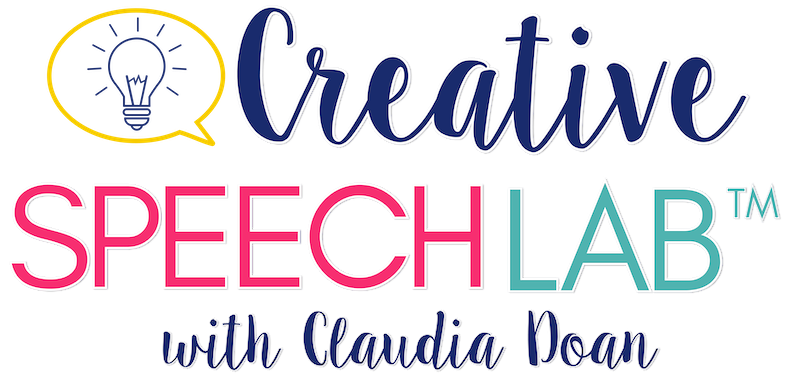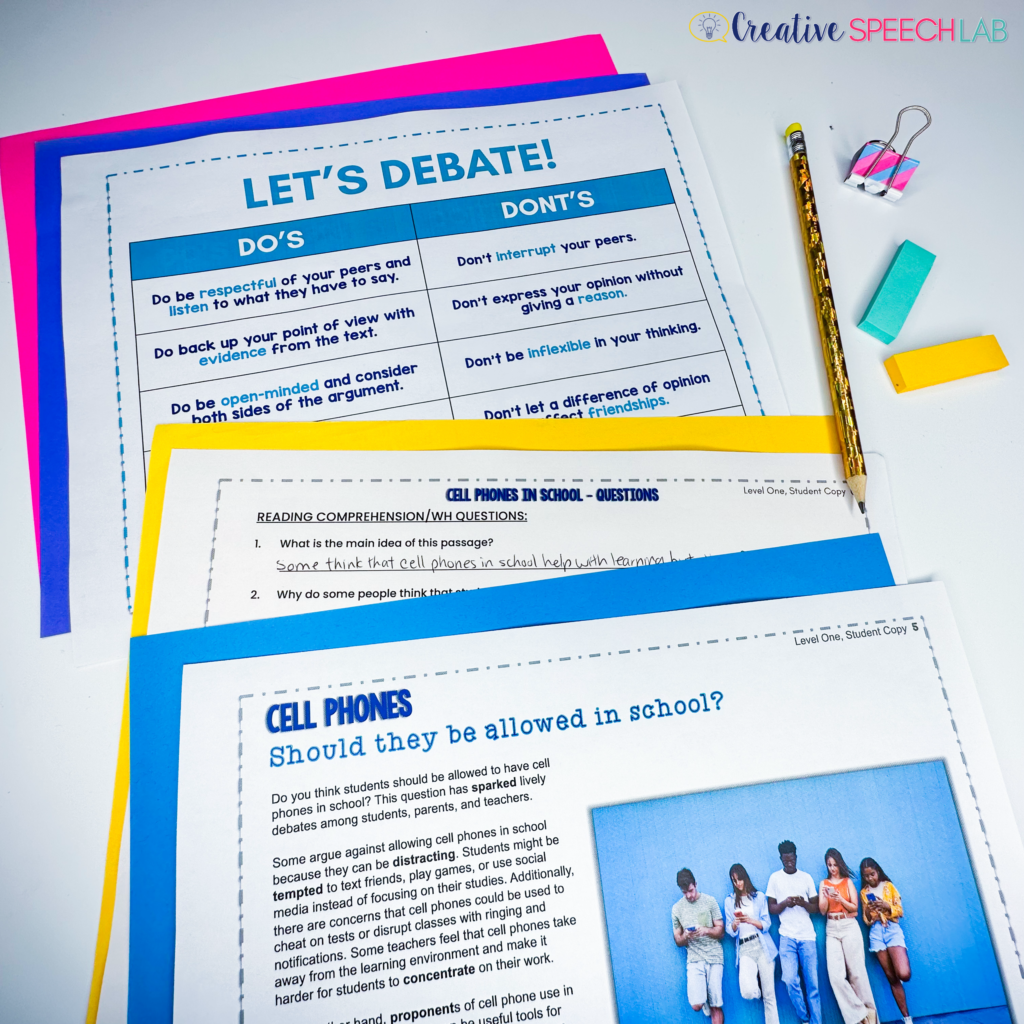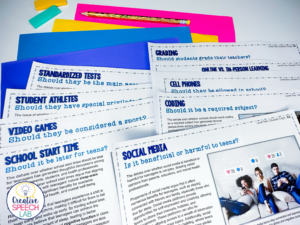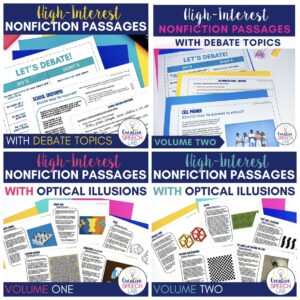Today, we’re diving into an engaging and highly effective technique to enhance speech and language skills in older students—using debate topics in your sessions!
By the end of this post, you’ll have actionable ideas and insights that you can immediately implement in your practice. Plus, you’ll learn how my NEW high-interest nonfiction debates, can make this process even easier for you.
Benefits of Using Debate Topics:
- Vocabulary: Exposure to diverse and high-interest topics naturally introduces new vocabulary.
- WH Questions: There are always a variety of who, what, when, where and why questions you can ask when reviewing a high-interest nonfiction debate with your students.
- Syntax: Constructing arguments requires complex sentence structures, enhancing syntactic skills.
- Linguistic Organization: Debates require logical structuring of ideas, which improves overall linguistic organization.
- Summarizing: Students learn to condense their arguments and summarize key points effectively.
- Articulation: Debating helps students practice clear and precise speech as they articulate their points.
- Perspective-Taking: Debating controversial topics fosters the ability to understand and argue from multiple viewpoints.
Research Insights:
Research indicates that older students often find the persuasive genre challenging because it demands advanced language skills (Nippold, 2016). By incorporating debates, you are providing a rich, interactive way for students to develop these essential skills.
Practical Tips for Incorporating Debates:
- Choosing Topics: Select age-appropriate, high-interest topics that resonate with your students. Examples from my upcoming resource include “Should school uniforms be mandatory?” and “Is social media beneficial for teenagers?” If you’re looking for more great topics, check out my nonfiction debate sets here!
- Structuring the Debate: Begin with clear instructions and format. Have students prepare their arguments in advance using graphic organizers, ensuring they understand the topic and the perspectives involved.
- Guided Practice: Start with guided debates where you model how to structure arguments and respond to opposing views.
- Feedback: Provide constructive feedback on vocabulary use, argument structure, and logical consistency. (I also created a self-assessment rubric here).
Example Debate Topics from my NEW High-Interest Debates Resource (second edition!):
- “Should Cell Phones Be Allowed in School?” This topic helps students enhance their vocabulary and critical thinking skills as they explore the educational advantages of cell phones, such as quick access to information and learning apps, versus the potential for distraction and misuse.
- “Is Social Media Beneficial for Teenagers?” This topic encourages students to develop strong, well-organized arguments while examining the effects of social media on mental health, self-esteem, and communication skills, helping them use advanced vocabulary and complex sentence structures.
By integrating debates like these into your sessions, you can provide rich opportunities for students to develop their speech and language skills. For more topics, check out my nonfiction debate sets here!
TLDR (I’ve got you!)
Debating is more than just a fun activity—it’s a powerful educational tool that can significantly enhance speech and language skills in older students. By integrating debates into your practice, you can help your students develop critical thinking, articulate their thoughts clearly, and understand diverse perspectives. Don’t miss out on this opportunity to elevate your sessions—check out my newest high-interest nonfiction debate sets here!
Have you ever used debate topics with your own students? How did it go?
References
Nippold, M. A. (2016). In Later language development: School-age children, adolescents, and young adults: fourth edition (pp. 268-280)., PRO-ED, an international publisher.






